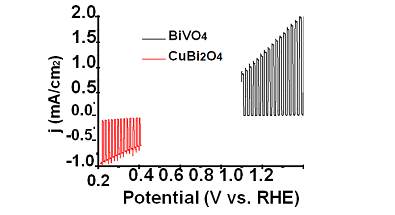
Sabiha Akter Monny
The University of Queensland, Australia
Title: Semiconductor nanostructure engineering for solar hydrogen production
Biography
Biography: Sabiha Akter Monny
Abstract
Photoelecctrochemcial water splitting provides an attractive method to convert the abundant solar energy into sustainable and clean hydrogen energy. The greatest challenge is how to develop efficient and stable photoelectrodes, including photoanodes and photocathodes. Comparing to the widely studied photoanodes, the photocathodes have been paid less attention due to the scarcity of suitable semiconductor candidates. Some available photocathodes derived from p-type semiconductors such as single crystal Si, chalcogenide (e.g., CuInGaSe) are either not stable or too expensive to realize large scale application. Herein, a promising p-type semiconductor, CuBi2O4, has been used to fabricate efficient photocathode. Moreover, combining the CuBi2O4 photocathode with well-developed BiVO4 photoanode, it is able to demonstrate unbiased sunlight-driven solar water splitting. CuBi2O4 electrodes were prepared with electrodeposited BiOI and copper acetylacetonate as precusor after heating in air at 450oC for 4 hours. The CuBi2O4 photocathode possesses a porous nano branch strucutre and showed a photocurrent of -0.95 mA/cm2 at 0.21 VRHE along with an onset potential at 1.1 VRHE in Sodium Phosphate (~pH 7) electrolyte. With the presence of electron scavengers, the photocurrent was further enhanced to -2.4 mA/cm2 at 0.48 VRHE. The incident photon-to-current efficiency showed a threshold at ca. 620 nm, suggesting a broad light harvesting range of the CuBi2O4 photocathode. Furthermore, the large onset potential of CuBi2O4 photocathode makes it feasible to realize unbiased photoelectrode water splitting when combined with suitable photoanode, such as BiVO4.

Figure: The photoresponse of CuBi2O4 and BiVO4 under chopped light. In conclusion, we have developed a new method for fabricating the state-of-the-art CuBi2O4 photocathode. Further combining with BiVO4 photoanode, it can achieve efficient unbiased water splitting.

